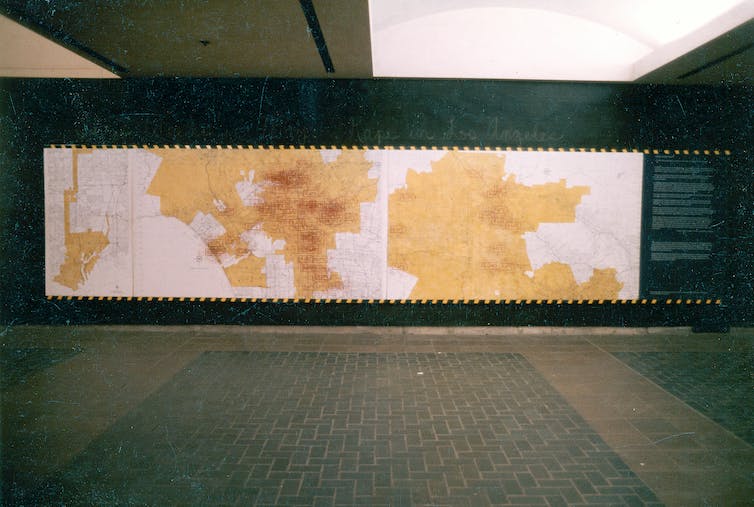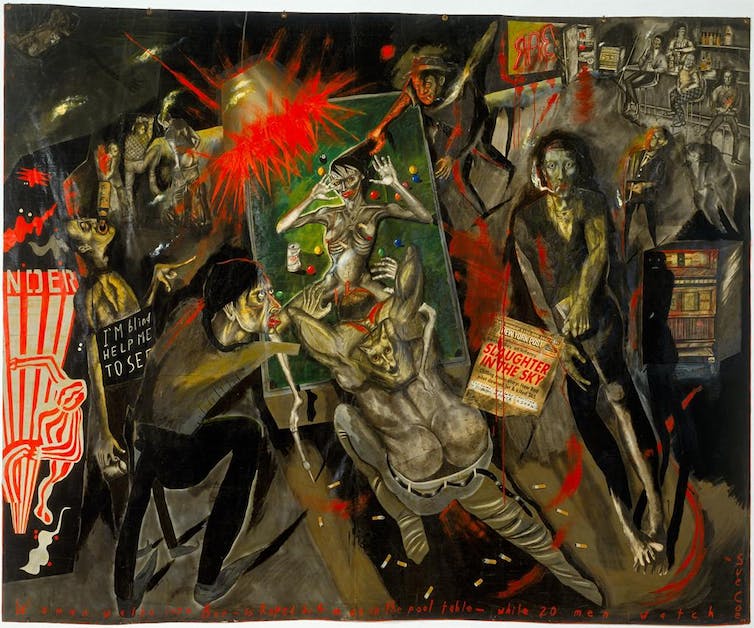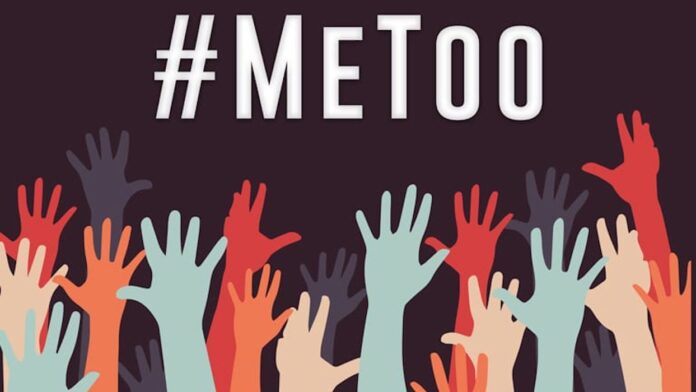The #MeToo movement has had a huge impact on politics, organized religion, educational institutions, Hollywood, sports, and even the military.
Beginning in the 1970s, a group of female artists in the US began to confront rape, incest, and sexual harassment through performance art, videos, quilts, and other non-traditional media. By bringing up a taboo subject, they have been at the forefront of raising public awareness of these issues.
Beginning in the Renaissance, “the heroic rape tradition of Western art” involved artists’ rendering assault, rape, and murder against women with a patina of beauty and heroism that masked the reality of the violence.
Raising awareness of sexual trauma required the creation of a visual counter-narrative. Sexual harassment shouldn’t be acceptable. Two artists, Suzanne Lacy, and Leslie Labowitz, were at the forefront of the feminist art movement. They staged at least seven large and complex public performances in Los Angeles that helped redefine the definition of rape as a crime of aggression and an act of subjugation of women.

One was a 1977 work titled “Three Weeks in May.” It was a part of a series of performances and installations. Lacy marked up two bright yellow municipal maps of Los Angeles located in City Mall Plaza. On the first card, she wrote the word “rape” in four-inch red letters above each location where a woman had been raped over a three-week period. The artist updated the map daily, using data from the Los Angeles Police Department.
On the second map, she marked the locations of prevention centers, rape hotlines, hospital emergency departments, and crisis and counseling centers.
Over the years, Lacy, Labowitz, and other representatives of the #MeToo movement continued to repeat these themes in their work.
Sue Coe’s 1983 painting “Woman Walks into Bar – Is Raped by Four Men on the Pool Table – While 20 Watch” denounces the fact that four men brutally and publicly raped a 21-year-old woman while patrons at a tavern in New Bedford, Massachusetts, were watching and doing nothing.

The 2002 installation “Rape Garage,” by Stefanie Bruser, Josh Edwards, Katie Grone and Lindsey Lee, was part of the “At Home” project at Western Kentucky University. It was facilitated by the other bright representatives of feminist art Judy Chicago and her husband, Donald Woodman. It highlighted the issue of rape by displaying statistics and posting first-person narratives of sexual harassment.
Emma Sulkowitz, a visual arts scholar at Columbia University, became a national figure with her work “Mattress Performance: Carry That Weight.”
These cries have been heard for decades, but they were lonely voices that often went unheard. Then, in 2016, things started to change. More and more women – and men – have begun to speak up to end the silence and demand justice.
The voices of more than 150 athletes, which were heard on television and radio and read in newspapers, became part of this army. In 2018, former USA Gymnastics doctor Larry Nassar was sentenced to 175 years in prison for serial sexual abuse of underage women and young adults. They join the hundreds of victims of the Catholic Church, Hollywood stars, bosses, journalists, and politicians who have come forward since the beginning of the #MeToo movement.

























